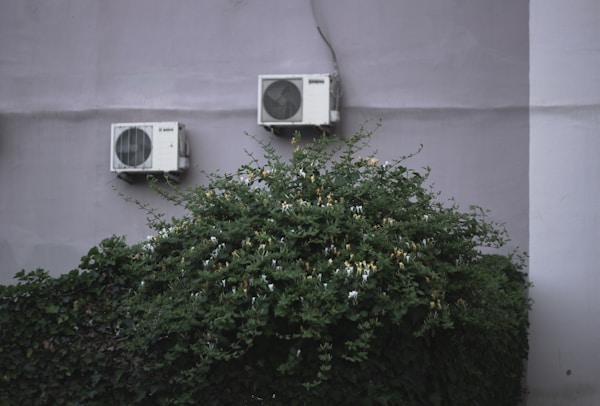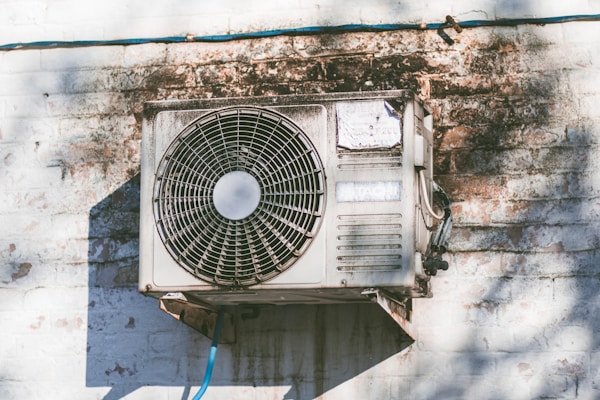As the climate continues to warm, the demand for evaporator units will continue to rise. However, with the proper optimization, evaporator units can be made more efficient, helping to save both money and energy. Keep reading to learn how evaporator units can be optimized for efficiency.
What are evaporator units?

Evaporator units are a type of AC unit that helps to cool the air in a room and are responsible for removing heat from a refrigeration system. They work by using a refrigerant to absorb heat from the surrounding air and then transfer it outside. This process causes the air to cool down and create a more comfortable environment. Evaporator units are an excellent choice for rooms that need extra cooling, such as nurseries, bedrooms, and home offices.
There are three types of evaporators: air-cooled, water-cooled, and oil-cooled. Air-cooled evaporators use fans to blow cold air over the coils, which cools the refrigerant. This type of evaporator is used in smaller commercial and residential units. Water-cooled evaporators use water to cool the coils. This type of evaporator is used in larger commercial and industrial units. Oil-cooled evaporators use oil to cool the coils. This type of evaporator is used in substantial commercial and industrial units.
How can evaporator units be optimized for efficiency?

To optimize evaporator units for efficiency, it is essential to understand how they operate and what factors affect their performance.
The three primary factors that affect the performance of an evaporator unit are the type of refrigerant used, the airflow through the unit, and the condensing temperature. Refrigerants come in a variety of types, each with its unique characteristics. The most common type of refrigerant used in evaporators is R-22. However, as part of an effort to phase out R-22 due to its adverse environmental effects, many manufacturers are now producing equipment that uses R-410A refrigerant instead.
While R-410A has a higher initial cost than R-22, it is more efficient and has a longer life span. Airflow through an evaporator unit plays a significant role in its efficiency. If the airflow is too low, the unit will not be able to remove enough heat from the system, resulting in poor performance and higher energy costs. Conversely, if the airflow is too high, it can cause turbulence within the unit, leading to decreased efficiency and increased wear on components.
The condensing temperature is also critical because it affects how much heat must be removed from the refrigerant to liquefy it. The lower the condensing temperature, the more efficiently the evaporator will operate.
How do you set up an evaporator unit?
You need to consider a few things when setting up an evaporator unit, including the size and climate of your space. Once you’ve chosen the type of evaporator, you must pick the correct size. You need to consider the climate, as you don’t want an evaporator that’s too big or too small for the space. You also need to make sure that the evaporator can drain adequately. The next step is to install the evaporator. This will vary depending on the type of evaporator you’re using, but most evaporators require a water supply, a drainage outlet, and an electrical outlet.
Once the evaporator is installed, you must connect the water supply and the drainage outlet. The water supply should be connected to the water inlet on the evaporator, and the drainage outlet should be connected to the drain on the evaporator. Once everything is connected, you can turn on the water and the power. The evaporator will start to work, and the water will evaporate. Once the water is gone, the evaporator will stop working. You can then empty the collection tank and start the process again.

